Whether you have a bird problem at home or work, it's not something to be taken lightly. Pest birds can be challenging to get rid of when they choose to stay. When birds gather in large groups, they may become a negative attraction for clients and workers alike, as well as the filth they leave behind. So, how to keep birds off your roof?
Birds like to perch at the top of a building. Rooftops are ideal locations for viewing, suitable for landing and sitting. What is lovely for pest birds isn't necessarily beneficial to homeowners or property managers. Pest birds leave smelly and unsightly droppings all over the roof, as well as causing noise and safety concerns. If the problem isn't dealt with right away, the cost of repairs and cleanup might mount up quickly.
Here's everything you need to know about how to get rid of birds on your roof once and for all.
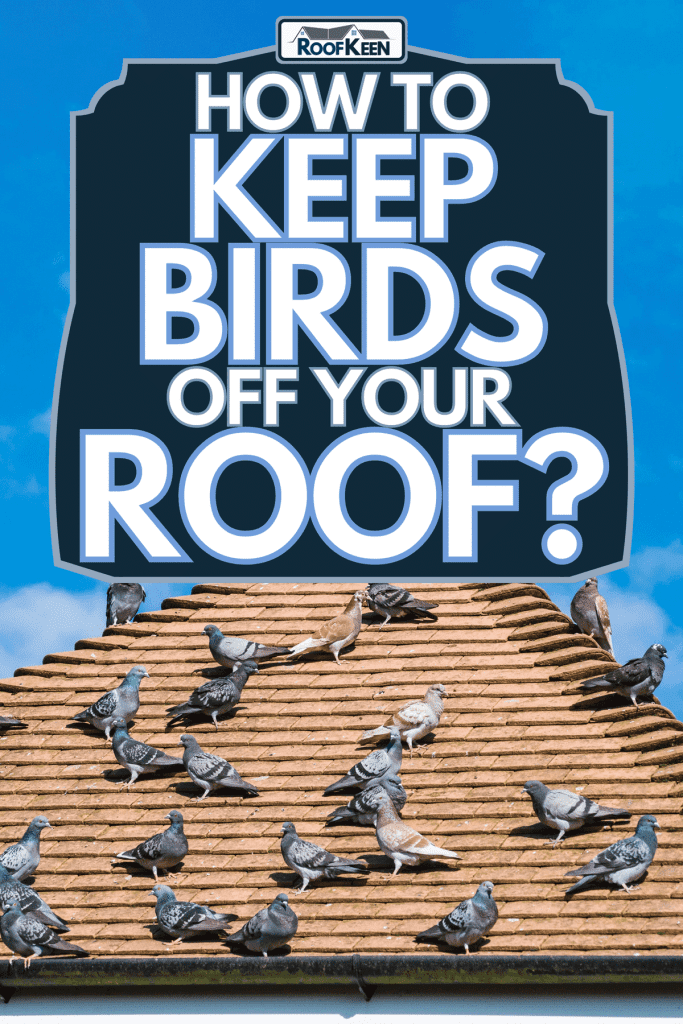
How to Keep Birds Off Your Roof
There are a variety of methods to keep birds off of your roof. When the problem starts, before they cause damage and begin nesting, it is the best time to get rid of pest birds.
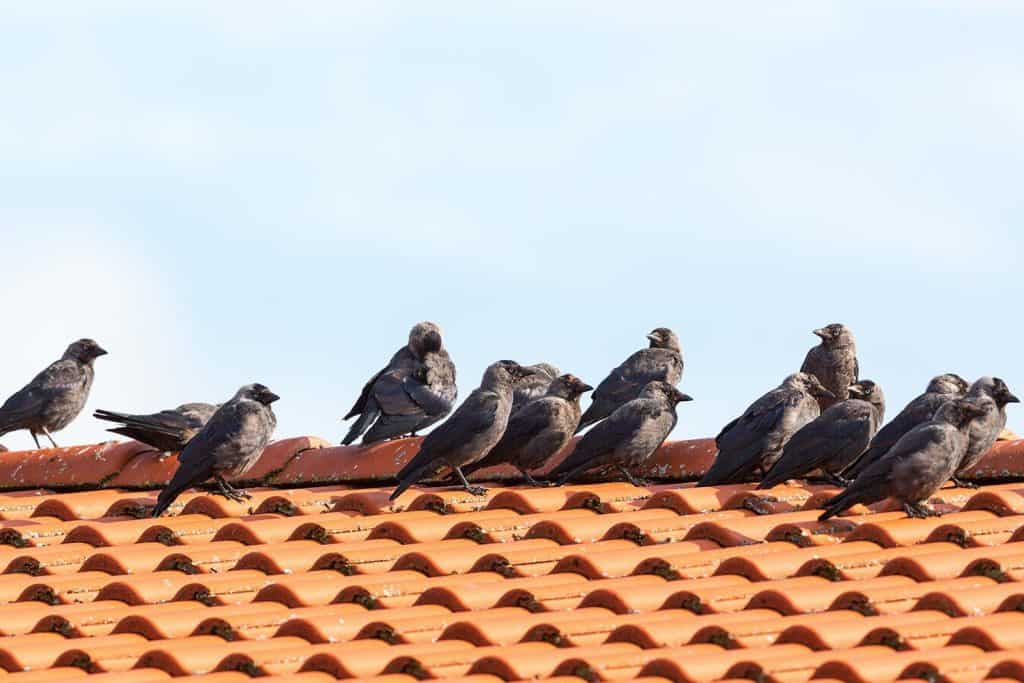
The earlier you address difficulties, the simpler everything will go. The longer birds stay in an area, the more attached they become. This is especially true when birds begin to build a nest.
The first step is to clean the rooftop of bird droppings and nesting trash. Pigeons and other pest birds are attracted to substances in their droppings and remain due to pheromones present in them. Skipping this step might ruin your attempts to keep birds off your roof.
Effectiveness of Bird-Proofing Strategies
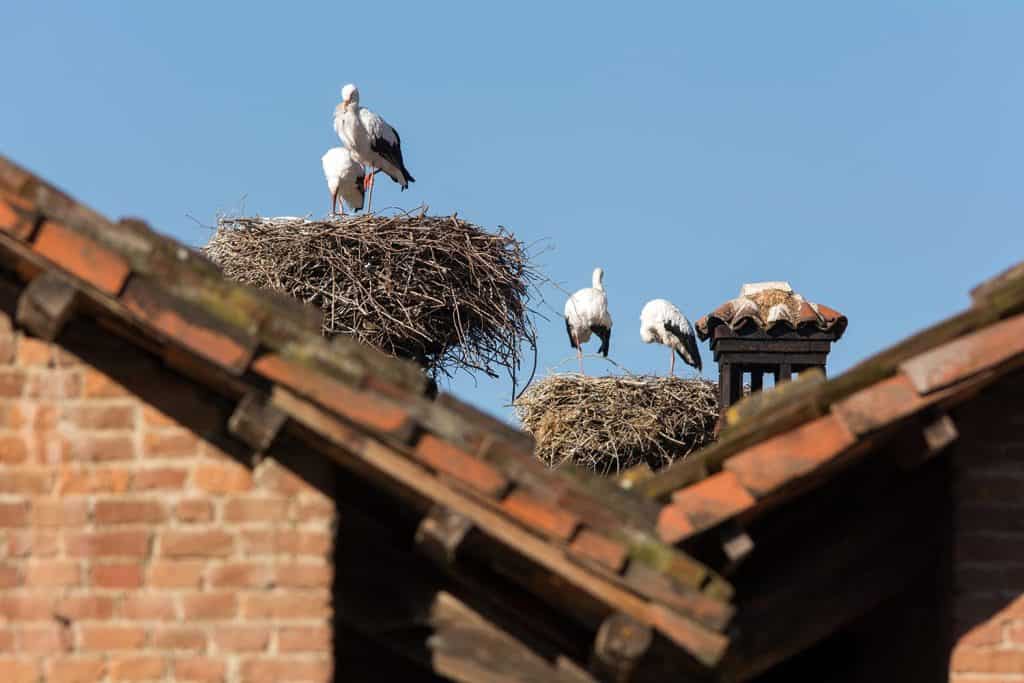
The Migratory Bird Act prohibits the removal of a bird's nest from a roof, even if it violates another law. This legislation protects all migratory birds, their nests, and eggs from transportation unless you have a license to do so.
To begin with, it's critical to keep birds away from your roof in the first place. Some birds, like seagulls, have nest fidelity, which means they will return to a nesting site year after year if they successfully raise a brood there, creating a long-term issue for you.
During the nesting season, you should mainly concentrate on your bird-proofing efforts. The beginning of the nesting season depends mainly on your location and bird species; however, it typically begins in spring and the return of warm weather. Of course, in the fall, when non-migrating birds seek shelter from the cold weather, they may look for it on your roof.
Several varieties of bird-proofing or deterrent tactics are more successful than others, but one thing is true for almost all of them: the birds get used to them. Depending on the situation, you may need to use different or alternate bird deterrents in order for them to be effective over time.
1. Predator Decoys
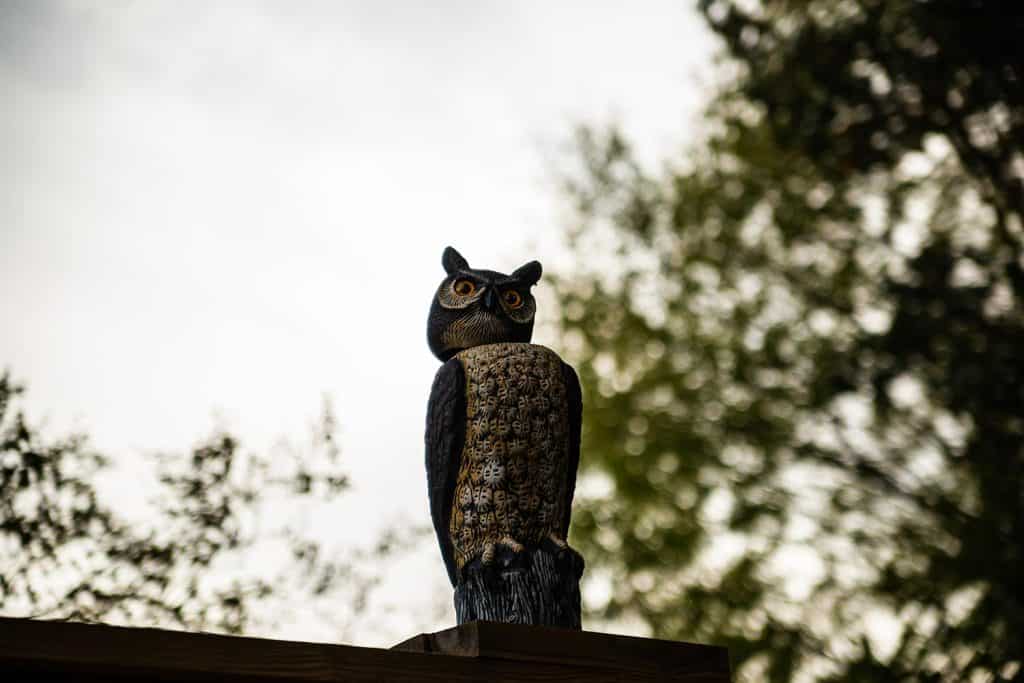
Birds will avoid areas where they believe a predator is lurking. You may have your birds perch on your roof or fly around your structure if you hire real hawk handlers. However, you'll have to repeat this procedure frequently to achieve desirable effects. A far more typical approach is to create a fake predator.
Owls, hawks, falcons, crocodiles, snakes, foxes, and other animals that predate on birds are excellent deterrents. It makes no difference if the predator is outside your region; these creatures' fear of them is natural rather than conditioned.
There are many predator dummies on the market. The most successful have reflective eyes that seem more lifelike to the birds. Other reflecting objects, such as metal discs or mirrors, can also frighten birds. Incorporating active features like wings into the replica may also increase its effectiveness. You may also use streamers to decorate the end of the fake owls for a similar effect. Flags and windsocks can also be used to frighten birds. Alternatively, you may buy kites that are designed to look like hawks and fly in the wind.
Another excellent approach is to mix the dummy's voice with the sound. Using a loudspeaker to broadcast predator or bird vocals may help persuade real birds that a predator is nearby, convincing them. Even playing this noise alone is quite powerful.
2. Use Spikes
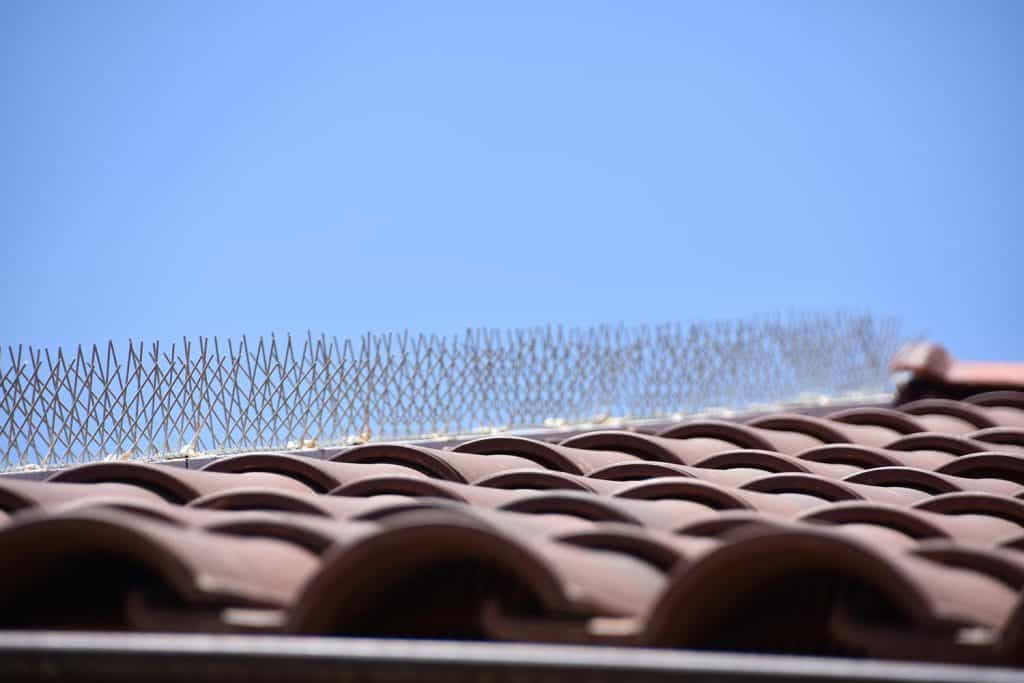
You may design a rooftop that is unsuitable for birds, causing them to move to better locations. Roof bird spikes, also known as anti-roosting strips/heel blocks, are one of the most common and successful techniques to make your roof unpleasant. There are many names for these rooftop bird spikes, but they're essentially metal strips with tiny spikes that you can place on ledges, beams, and other places where birds congregate.
Roof spikes don't harm the birds, but they do prevent them from sitting; thus, they must fly elsewhere. These roof bird spikes make it difficult or even impossible for birds to sit; as a result, they must fly away. Predator birds may be deterred, particularly those who like to perch on edge to look at their prey.
3. Use Bird-Proofing Netting, Vent Covers, and Mesh
The best solution to keep birds out of roof vents is to cover them with a thin metal mesh. This mesh must be highly delicate, depending on the type of bird you're dealing with.
If your bird problem is severe, you may want to cover the whole roof with netting. While this might deter birds, it might be rather costly. Instead of covering the entire roof, you may wish to start by using mesh strategically, covering vulnerable sections of the roof like gutters or HVAC equipment.
Once you've removed the birds or they've flown, you'll need to repair any damage they caused. If your asphalt roof has been heavily polluted with bird droppings, replacing the cap layer is usually preferable to attempting to clean it. It's also possible that the material was damaged by the acid in the droppings, affecting its performance.
If there are any gaps or holes in the roof, they should be repaired as soon as possible to prevent leaks and additional damage. All vents and roof surfaces should be cleaned of any nesting materials.
You may want to hire a roofing expert to inspect your roof after birds have nested there so they can locate all of the damage and tell you whether the material is salvageable or needs replacing.
